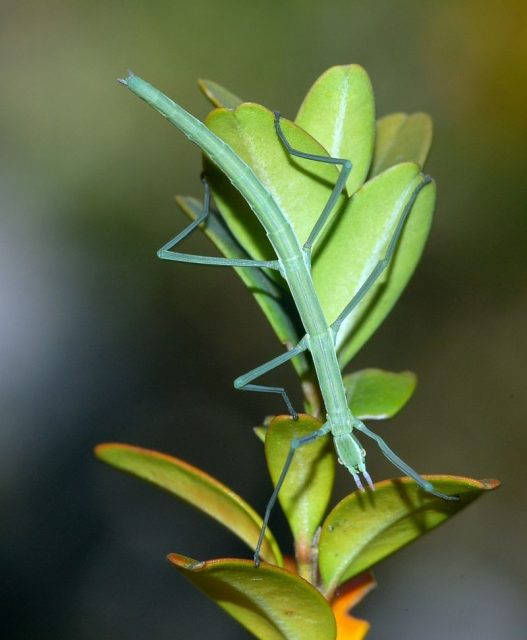Type the name of the breed you're looking for below
[wpdreams_ajaxsearchlite] Don't see the breed your're looking for? Click here and let us know!
Walking Sticks
| Place of Origin and Range | Worldwide in temperate areas. Those from the tropics tend to be more ornate than those from more temperate areas. |
| Description | All phasmids possess compound eyes, but ocelli are only found in some winged males. Phasmids have an impressive visual system that allow them to perceive significant detail even in dim conditions, which suits their typically nocturnal lifestyle. They are born equipped with tiny compound eyes with a limited number of facets. As the insect grows through successive molts, the number of facets is increased along with the number of photoreceptor cells in the eye. The sensitivity of the adult eye is at least tenfold that of the first instar nymphs. As the eye grows more complex, the mechanisms to adapt to dark/light changes are also enhanced: eyes in dark conditions evidence less screening pigments, which would block light, than during the daytime, and changes in the width of the retinal layer to adapt to changes in available light are significantly more pronounced in adults. However, the larger size of the adult insects' eyes makes them more prone to radiation damage. This explains why fully grown individuals are mostly nocturnal. Lessened sensitivity to light in the newly emerged insects helps them to escape from the leaf litter wherein they are hatched and move upward into the illuminated foliage. Young stick insects are diurnal feeders and will move around freely, expanding their foraging range. |
| Adult Size | These insects can be relatively large, ranging from 1.5 cm (0.59 in) to over 30 cm (12 in). |
| Accommodation | Temperate, with lots of substrate. Moss or live plants will do fine. Mist daily for humidity and because they drink water droplets on leaves. |
| Lifespan | Can live 1-4 years depending on species. |
| Feeding / Diet | You will want to experiment with a variety of leafy greens. Put a glass of water in the cage with cuts ends of branches in the water. Change when they start to wilt. |
| Breeding | The stick insect’s wings develop externally. As is the case with hatching, if the nymph is caught in the encasing of a rejected cast skin (or shell), it will likely die because it cannot free itself. Once emerged, the nymphs will eat the cast skin. Adulthood is reached for most species after several months and many molts. The lifespan of Phasmatodea varies by species, but ranges from a few months to up to two years for some tropical varieties. |



